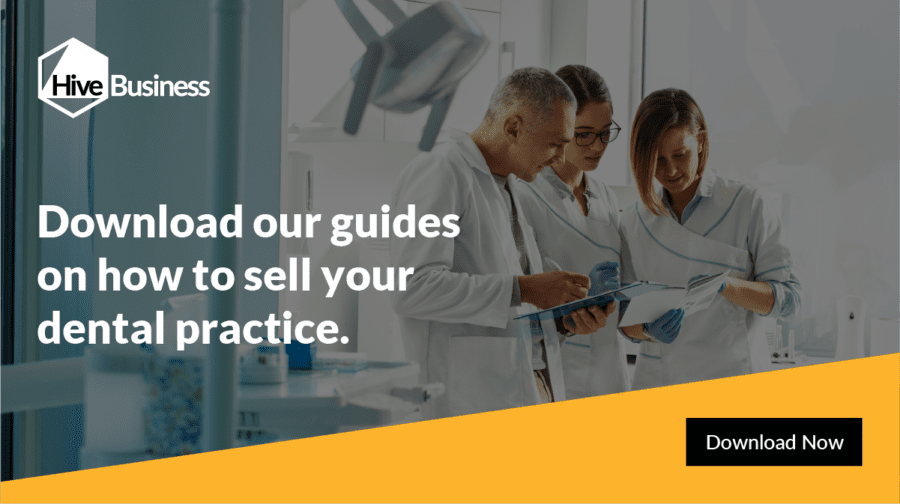By Michelle Quince, Senior accountant at Hive Business
This time last year, we wrote a blog on the maternity and paternity allowances available to dentists.
We received numerous queries from NHS dentists, who told us that there is very little information available to them on this topic and that our blog was a big help. Here are the answers to some of the additional frequently asked questions we encountered with some useful links to further assist you:
I don’t have an NHS contract and I trade within a limited company – what maternity benefits am I entitled to?
If you are a Director of your own limited company and you receive a tax-efficient salary from your company, you will be entitled to claim statutory maternity pay from HMRC.
Provided you earn over £112 per week, you will be entitled to 90% of your average weekly earnings for the first six weeks and then £139.58 per week for the next thirty-three weeks (£140.98 from April 2017).
The claim should be completed as part of your monthly payroll procedures.
If you are the only employee and your salary has been set at a rate that means you don’t pay tax or national insurance every month, you will need to apply for an advance payment in order to reclaim the payments from HMRC.
I’m a self-employed NHS dentist, after the 26 weeks of NHS maternity pay, am I entitled to the government’s maternity pay?
The NHS maternity pay and the government maternity allowance are two separate things:
-
The NHS maternity pay is paid directly to the “contractor” (the person who is a party to the GDS / PDS contact) and should be passed on to the dentist concerned in full;
-
And, the maternity allowance is claimed via the Jobcentre and is paid directly into your own bank account.
This is confirmed on the NHS Employers website.
The maternity allowance can start 11 weeks before your baby is due on any day after you stop work, but the latest it can start is the day after your baby is born.
Provided you meet the criteria you will be entitled to £139.58 per week for a period of up to 39 weeks (£140.98 from April 2017). Obviously, you must stop claiming the allowance once you return to work.
I’m a self-employed NHS dentist, will my maternity pay be based on the amount of UDAs I have done to date or what I am predicted to do when I return to work?
The amount you are entitled to is based on your estimated net monthly Pensionable Earnings (usually shown on your monthly payment schedule). This monthly amount is multiplied by 12 and then divided by 52 to produce the weekly amount of your parental leave payments that you would be entitled to.
From the detail available to NHS Employers, it suggests that the maternity pay will be based on the “average weekly earnings rules used for calculating Statutory Maternity Pay entitlements”.
This is generally your pay received between week 18 and 26 of your pregnancy (i.e. your pay in the 8 weeks before your qualifying week, which is 15 weeks before due date).
However, it does state that the maternity pay will be revised in the event of the pay award or annual increment being implemented before the paid maternity leave period begins.
If you have any questions about your individual circumstances, your accountant is best placed to advise you on the maternity benefits you’re entitled to. If we are your accountant, get in touch on 01872 300232 or email us at hello@hivebusiness.co.uk.









